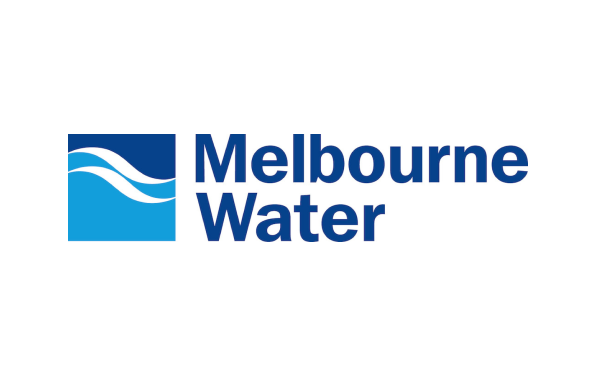
Melbourne Water is owned by the Victorian Government. The company manages the major water, sewerage and drainage networks across Greater Melbourne. They also care for 25,000km of rivers and creeks that sustain healthy communities and the environment.
- Protect the environment downstream of the Thomson Reservoir
- Meet environmental compliance requirements
- Conserve source water
- Conservation – 2 billion liters per year in water savings
- Cost savings – ongoing cost savings, and reduced dependence on desalination
- Compliance – 10% increase in environmental compliance
Challenge
The Thomson Reservoir feeds into one of the largest water supply networks in Australia. Operated by Melbourne Water, it is at the core of water supply for the city of Melbourne and the surrounding suburbs. To ensure the Thomson River environment downstream of the dam is protected, the flows in the river must be controlled and optimized so that the correct amount of water is released at all times.
Finding the optimal amount of water to release is complex. If too much water is released the source water is wasted. If too little is released, the environmental conditions downstream of the dam are impacted and Melbourne Water fails to meet its minimum compliance requirements.
Melbourne Water must take into consideration the existing river flow and levels, which are impacted by crop irrigation, rainfall runoff, tributary flow, and evaporation. They must also consider fluctuating customer demand. And, there is a time lag of up to 10 hours from when changes are made to release flows at the dam to when those changes are seen at the farthest compliance point.
The complexity of the network, paired with factors like lag time and multiple environmental variables made this system a perfect candidate for model predictive control (MPC).
Solution
Kalypso, a Rockwell Automation Business, worked with Melbourne Water to help control the water leaving the Thomson Reservoir with increased efficiency and precision by implementing FactoryTalk Analytics Pavilion8 model predictive control technology from Rockwell Automation.
While the water industry is relatively mature when it comes to automation and system optimization, quality, process variability, outages and downtime are still persistent challenges.
The complexity of calculations, the duration of focus and the speed and precision required are poorly suited to human capabilities. MPC applies a data science layer on top of existing regulatory controls to continuously monitor and predictively optimize process behavior.
For Melbourne Water, the MPC system analyzes a set of variables (flows from tributaries, rainfall, evaporation, irrigation consumption, etc.) in real time and continuously, predicting and driving the setpoint adjustments to maintain optimal system function, removing the strain of extended observation from conventional operation eliminating the root cause of variability, outages and downtime.
Result
Using the new system, Melbourne Water was able to save 2 billion liters of water annually, conserve energy and reduce strain on the workforce while improving compliance. Melbourne Water has set the bar for autonomous operations and responsible stewardship over a critical natural resource.
Published January 10, 2024

